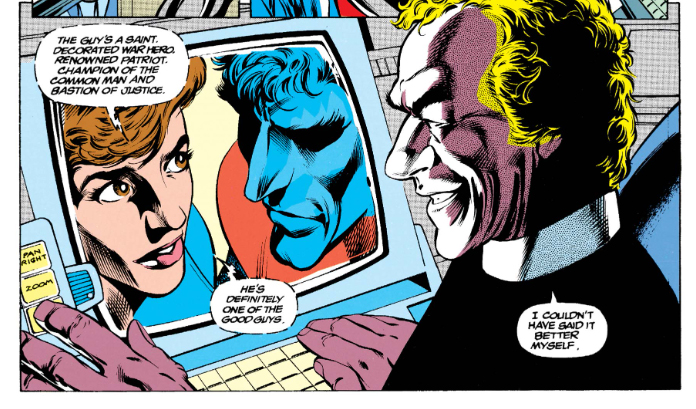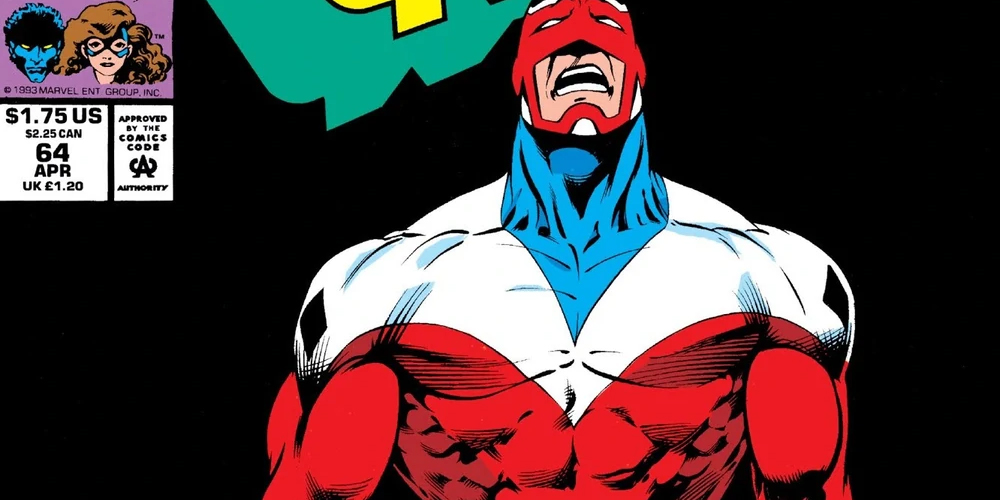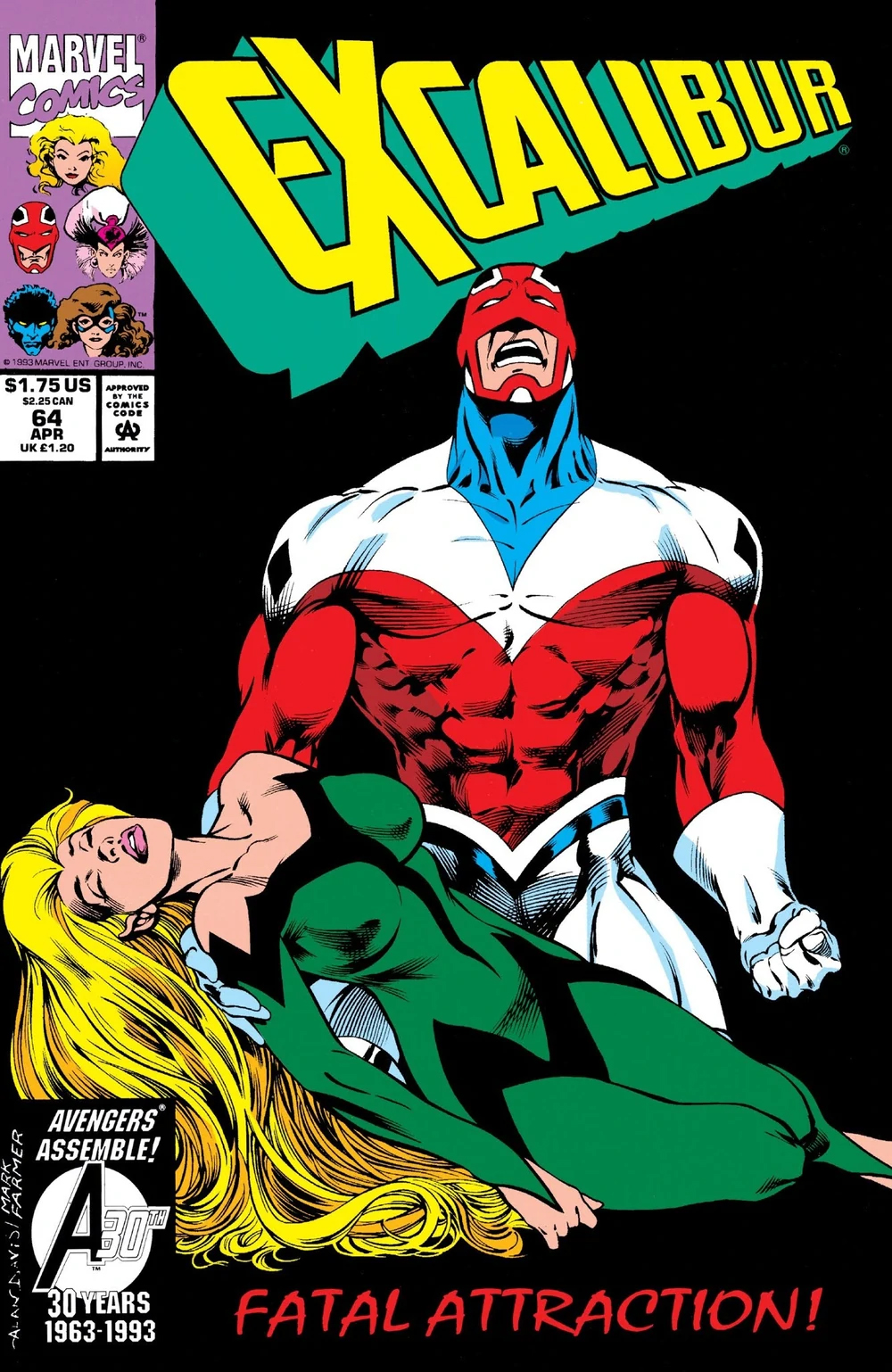Excalibur #64
“Ascension”
Writing and pencils: Alan Davis
Inks: Mark Farmer
Colours: Gylnis Oliver
Letters: Chris Eliopoulos
Editor: Terry Kavanagh and Mark Powers
Original publication date: April 1993
Fresh off winning a freakin’ award, your very genetically stable team of comics scientists is back! Talking superheroes and science and why mutants are like vaccines in Excalibur #64, “Ascension,” with multi-talented researcher, writer, game designer, and educator Alison Humphrey! Plus a perfect Nightcrawler panel, Anna’s favourite Rachel sequence, the glory of nine-panel grids, and (gasp) discussion of the mutant metaphor? But this time, with SCIENCE.

On interpersonal coding:
“When I was young, I sometimes struggled with social situations. Superhero comics offered a schematic, colour-coded explanation of interpersonal dynamics. Looking back, that was very attractive to me.” -Alison

On science and superheroes:
“A lot of people get their osmotically absorbed sense of how science works from places like superhero stories. Many conspiracy theories about science are inspired by mad scientist tropes.” -Alison

On race and the mutant metaphor:
“The racial aspects of the mutant metaphor are problematic and wildly inconsistent, but that’s sort of why it works. Because racism is also wildly inconsistent and made up by people who don’t understand what they’re afraid of.” -Mav

On mutant cures:
“I would have really liked to see Kurt reacting to the news that he might be afflicted with genetic destabilization, especially given the intriguing detail that as you destabilize, you ‘revert’ to human. What would that look like for Kurt?” -Anna

On mutant bodies:
“The academic in me wants to view this story through the lens of Scott Bukatman’s theory of the ‘torment of the mutant body’—how the biggest threat to mutants is often the unpredictability of their own bodies.” -Anna

On nine-panel grids:
“The nine-panel grid is provocative because it’s so standardized. No moment is more important than any other moment. It’s perfect for the theme of life being a collection of moments.” -Mav

Nine-panel grids cont'd:
“The scenes are narrativized from Rachel’s perspective, staring with an opening of eyes at birth or the dawning of consciousness. And that theme carries through the other moments, which present a series of rebirths defining important aspects of Rachel’s identity.” -Andrew

Nine-panel grids cont'd:
“The sequence makes me think of Rachel in the context of concepts of queer time. Nothing is linear, time goes forward and backward, characters are doubles of each other. Kitty is older then younger, Kurt is a doll then disillusioned then laughing.” -Anna

On a top Nightcrawler panel:
“The thing I really love about this scene is that it represents all the different gazes Kurt appeals to. He’s an ego ideal, and an erotic object… kids look up to him, scientists admire him, women was to be with him. It’s a top-10 Nightcrawler panel.” -Anna

On getting clear:
“We don’t get to see Rachel enjoy her newfound clarity for very long, because she’s a character that’s always made to suffer. But this moment of her being clear—I really enjoyed that.” -Alison

Want more Alison Humphrey?
You can find her on Twitter (@alisonhum).
And! Check out all the awesome things she gets up to, including the interactive Shadowpox project, at her website, AlisonHumphrey.com. There are so many links to so many cool things – you won’t regret a visit!
And as usual:
You can find Anna on Twitter (@peppard_anna) and on her podcast with Andrew and Michael Hancock, Three Panel Contrast (@3PanelContrast).
You can find Andrew on Twitter (@ClaremontRun).
You can find Mav on Twitter (@chrismaverick) and on his podcast, VoxPopcast (@VoxPopcast).
Enjoy!
-GGW Team


